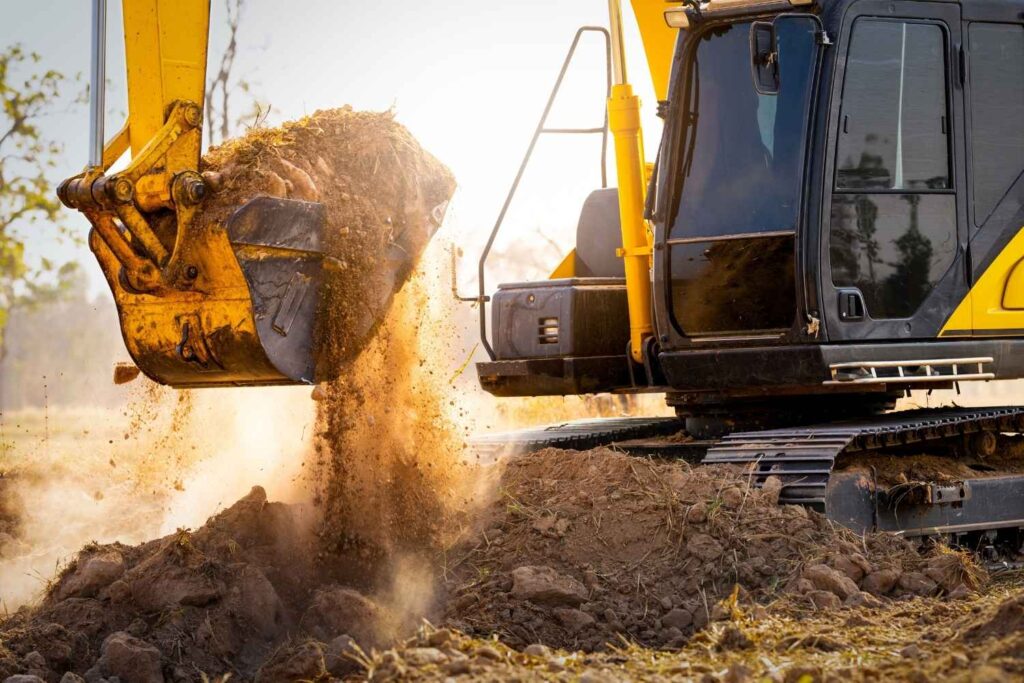Investing in big equipment can be a game-changer for contractors and tradespeople, enhancing productivity and enabling them to take on larger projects. However, with high costs comes the risk of financial strain if not appropriately managed. Let’s explore effective budgeting strategies for big equipment purchases, ensuring you can expand your capabilities without jeopardizing your finances.
Understanding Equipment Purchases
Before diving into budgeting strategies, it’s essential to understand that big equipment purchases are typically considered capital expenditures. These are significant investments that can impact your cash flow and financial health.
Effective Budgeting Strategies
Here are some practical steps to help you budget for big equipment purchases wisely:
1. Assess Your Needs
Before purchasing, evaluate what equipment you truly need for your business. Consider factors such as:
- Current Projects: What equipment will enhance your ability to deliver on existing projects?
- Future Opportunities: Are there upcoming projects that require new equipment?
- Cost vs. Benefit: Will the investment in new equipment increase efficiency or revenue?
2. Create a Dedicated Equipment Fund
Establishing a dedicated fund for equipment purchases can help you save for future investments without straining your operating budget. Set aside a percentage of your profits or allocate funds from each project to this account. This lets you build a cushion for significant purchases over time.
3. Explore Financing Options
Consider financing options if a big purchase is necessary but your budget doesn’t allow it. These may include:
- Equipment Loans: Many financial institutions offer loans specifically for equipment purchases.
- Leasing: Leasing can be a great way to use equipment without the full upfront cost.
- Manufacturer Financing: Sometimes, equipment manufacturers provide financing options with favorable terms to encourage sales.
4. Factor in Ongoing Costs
When budgeting for big equipment, it’s essential to consider not the purchase price itself but also ongoing costs such as:
- Maintenance and Repairs: Factor in the costs of keeping the equipment in good working condition.
- Insurance: Ensure you have enough coverage to protect your investment.
- Training: Consider the cost of training your team to use the new equipment safely and effectively.
5. Review and Adjust Your Budget Regularly
Your budgeting process should be dynamic. Regularly review your budget to ensure it meets your financial needs and project requirements. You can adjust as necessary, especially if you encounter unexpected expenses or investment opportunities.
Budgeting for big equipment purchases doesn’t have to be a daunting task. By assessing your needs, establishing a dedicated fund, exploring financing options, and considering ongoing expenses, you can make informed decisions that support your business growth without risking your finances. At Nailed It Accounting, we understand the financial challenges contractors and tradespeople face. Our expert bookkeeping services can help you manage your finances more effectively, ensuring you stay on top of budgeting for equipment and other critical expenses. Contact us today to learn how we can support your financial journey!

